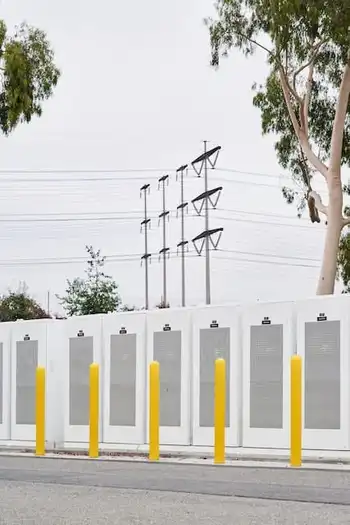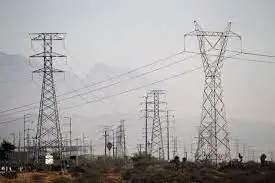Amherstburg approves $300 million solar park
Town council unanimously approved the change for three pieces of property to be developed on three General Chemical sites.
Toronto-based Helios Energy is teaming up with Sunpower Energy Systems Canada for a 35-megawatt park to produce enough electricity to power 5,000 homes a year.
The project now moves to the site plan control agreement process.
"We are certainly moving quickly on our end," said David Anderson of Helios Energy.
"We do want to take the time to consult with the involved ministries."
Town planning co-ordinator Lory Bratt told council that a public meeting on the development on July 30 brought forth several concerns from residents.
Among the concerns expressed were over property values, harming of views, noise and loss of agricultural lands.
Some concerned residents attended the meeting but did not address council.
Coun. Robert Pillon asked whether the project would benefit the town. He was told by town staff that the Municipal Property Assessment Corporation would assess the property at a higher value post-construction and thus bring the town more tax revenue.
Anderson said if the project opened today it would be the largest in North America, but there are several similar projects in development elsewhere.
The power generated by the park will be sold to the Ontario Power Authority at a flat rate of $0.42 per kilowatt hour for 20 years.
The plant would be put into use when power demand is at its highest, such as hot summer days.
Anderson said there is an effort to ensure local companies are involved in the plant's construction.
Construction of the plant is slated to begin at the end of the year and be completed by the end of 2010 pending the approval process.
The plant would feature solar panels less than five metres high that would swivel to follow the sun through the day.
There will be sufficient space between the units to allow plant growth beneath.
The equipment will also be set back from property lines.
Related News

Sub-Saharan Africa has a huge electricity problem - but with challenge comes opportunity
PORTO NOVO - Sub-Saharan Africa has an electricity problem. While the world as a whole has made great strides when it comes to providing access to electricity (the world average is now 90 per cent with access, up from 83 per cent in 2010), southern and western African states still lag far behind.
According to Tracking SDG7: The Energy Progress Report, produced by a consortium of organisations including the World Bank, the International Energy Agency and the World Health Organization, 759 million people were without electricity in 2019 and threequarters of them were based in sub-Saharan Africa. At just seven per…





